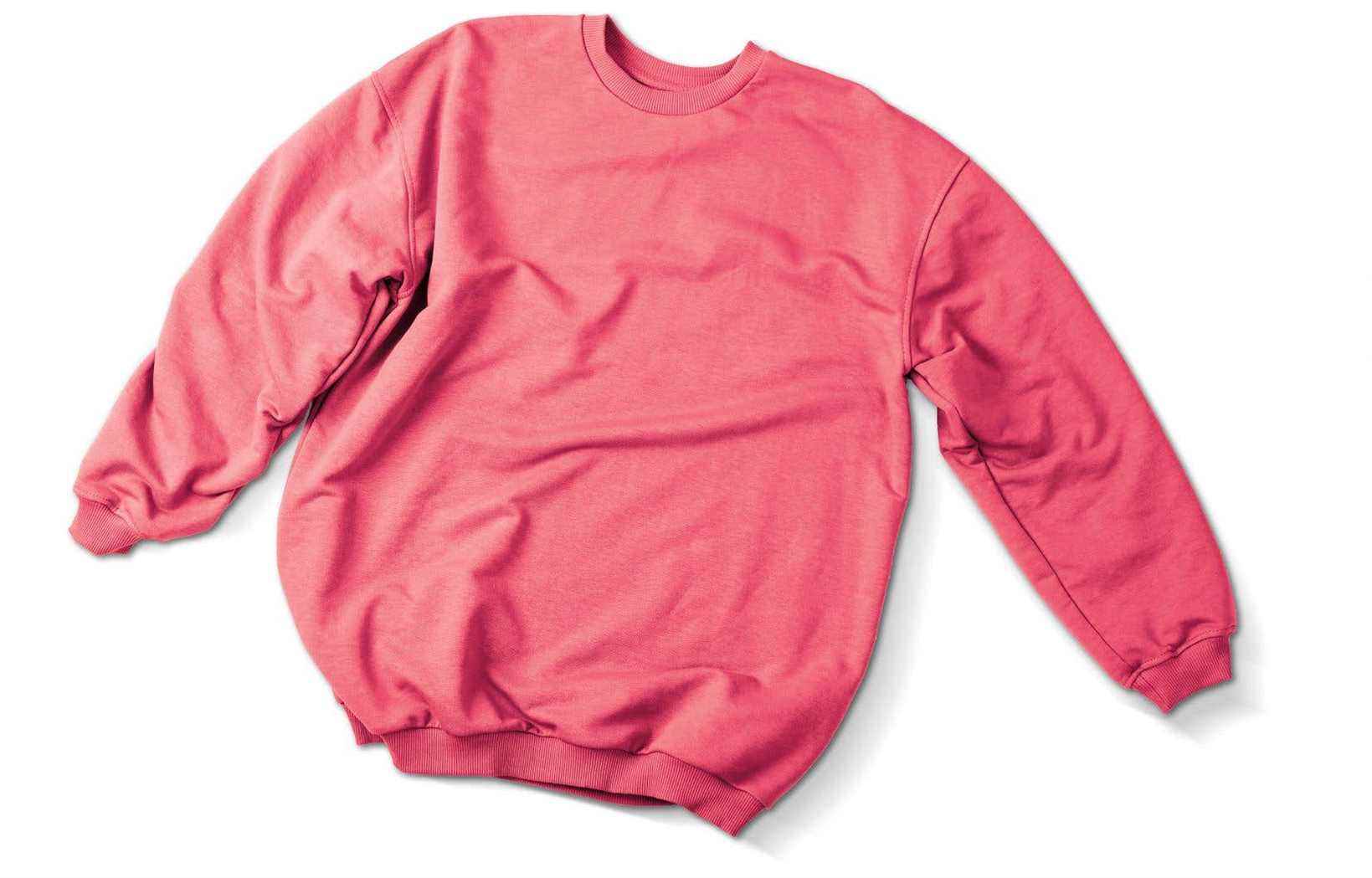For the past two years, “soft laundry” has been a haven for consumers and many fashion companies, allowing the latter to survive and sometimes grow. Citizens emerging from their den are once again interested in formal and smart clothes, but comfortable clothes are here to stay.
When Quebec was put on hiatus on March 23, 2020, the Montreal brand Dailystory was already giving pride of place to “ loungewear term used to designate interior clothing, in its collection. “It’s beautiful comfortable linen. We are not into pajamas or sports, but rather the beautiful “soft”, explains the co-founder of the company, Stéphanie Dubreuil.
Dailystory then quickly became a reference in the matter. “It was a tidal wave. We went from a business made up of two people, my boyfriend and I, to hiring people, opening premises, increasing our quantities,” reports Ms.me Dubreuil.
Emilie Pittman, the owner of Em & May, specializing in loungewear and swimwear, says it has doubled its production, which it delivers all over the world, especially in Canada.
The La vie en rose chain of stores has also long offered loungewear, including solid-color hoodies and velor terrycloth, in addition to lingerie and pajamas. Sales for this type of product have increased by 20% with the pandemic, says John Izzo, vice president of design and product development for the brand. While other Canadian companies, such as Dynamite and Reitmans, had to restructure and close stores, La vie en rose was growing and even opening new stores.
While part of the fashion industry was reeling from the pandemic, growths of more than 100% were common in 2020 for the activewear and sleepwear categories, according to the report The State of Fashion 2022 from the consulting firm McKinsey & Company, which summarizes global trends in the fashion industry.
The use of the term ” loungewear in Google searches has also exploded in 2020 in Canada, just like in the whole world, and has almost halved in 2021.
A tour of the retailers shows that the majority of them now have a section of sportswear or interior.
“Everyone started developing leisure collections. […] They all look the same,” says Izzo, who believes the market is now saturated.
Designer Hannah Isolde Goodman had never been a fan of casual clothing before the pandemic and she didn’t think she would ever produce one. But her jogging pants, to which she gave an original touch, practically saved her business.
“I sold so many that I couldn’t meet the demand,” she recalls.
The return of chic
The McKinsey & Company report also mentions a drop in demand for sports tops and shorts at the end of 2021 compared to the end of 2020. On the other hand, the interest in chic clothes like cocktail dresses rebounded about 200% in 2021, reports The State of Fashion 2022, citing analytics firm StyleSage. The popularity of high heels, as opposed to sneakers, would also experience a rebound.
At the Modéco store on Mont-Royal Avenue East, owner Nadia Blouin notices that customers are abandoning cotton wool. “They need to be beautiful, to wear make-up, to be more sexy and the same way to bring out the heels, ”she says.
So is this the end of the hegemony of softness in our wardrobes? Not so fast. Some analysis firms predict that this market will continue to grow, albeit more moderately. According to several designers, retailers and observers of the fashion world, people have become accustomed to their comfort and can now hardly do without it.
“We also see it with our bras without hoops. We have extended this range and it is selling very well,” reports Mr. Izzo. At La vie en rose, demand for loungewear has stabilized.
According to trend consultant Marie-Michèle Larivée, the pandemic has been an opportunity to review the codes of formal work clothing, such as the jacket and tie.
“These codes had not been reviewed for almost a hundred years. The fashions had reviewed the work clothes with different cuts, textures and colors over the years, but the clothes themselves, with their uncomfortable materials, had not been reviewed with a fine-tooth comb, “says -she.
Loose jackets, soft blouses and elastic waistband pants are more prominent than ever in formal wear boutiques.
A hybrid fashion
“We think that the way of dressing at work will be different, also believes Sandrine Devillard, senior associate director at McKinsey & Company. There should be more diversity in the outfits, for example by mixing a jacket with much softer pants. »
For designer Marilyne Baril, of the Marigold brand, the line between formal and casual wear is now blurred, so much so that she speaks of a “hybrid” style.
“Comfort has always been sought after, but now it is even more accepted in public. Many clients say that in their offices, the casual friday is accepted every day,” she points out, before showing off a hoodie with fanciful, slightly puffed sleeves.
In the Marigold boutique, in Verdun, dresses, sweaters, skirts look elegant while being comfortable. As many people have gained weight during the pandemic, they tend to look for less fitted clothes, which can follow the evolution of their weight, believes for her part Hannah Isolde Goodman.
Today, no one would be ashamed of being seen in a cotton swaddle while going to get their coffee around the corner. But as many people already have their drawers full of them, the pieces offered by the brands will have to be unique to attract attention from now on.
